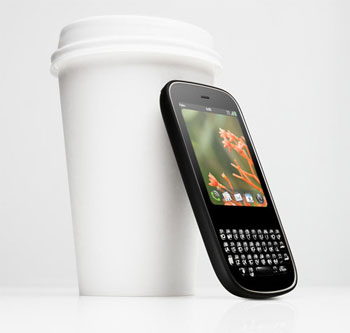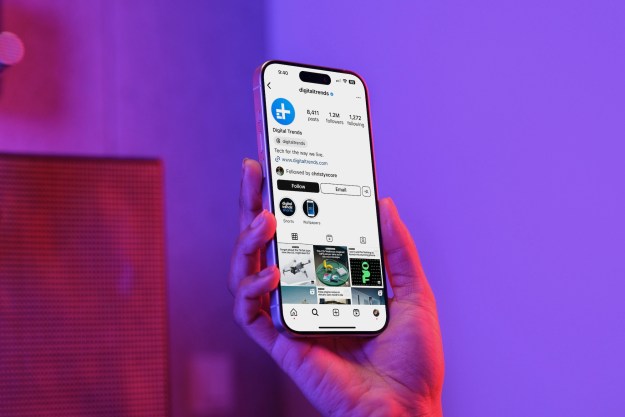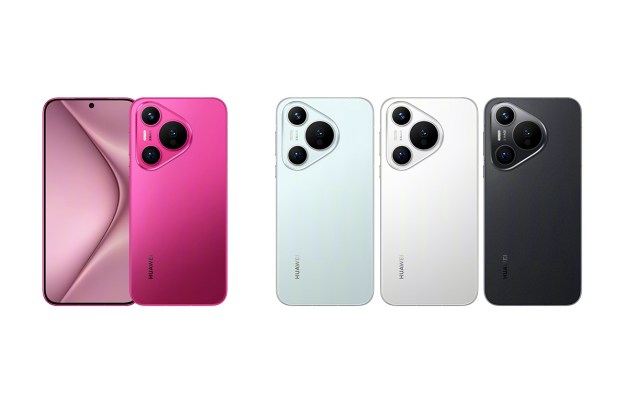 Back in 2005, Palm did a bit of an about-face when it announced its then much-anticipated Treo 700 smartphone would run Microsoft’s Windows Mobile operating system. At the time, putting Windows Mobile on Palm hardware seemed like a good idea: it would let corporate and enterprise customers embrace Palm devices without having to step outside their Microsoft-dominated world of corporate communications (even if, in those days, that meant Windows Mobile 5) into the shaky world of the former Palm OS.
Back in 2005, Palm did a bit of an about-face when it announced its then much-anticipated Treo 700 smartphone would run Microsoft’s Windows Mobile operating system. At the time, putting Windows Mobile on Palm hardware seemed like a good idea: it would let corporate and enterprise customers embrace Palm devices without having to step outside their Microsoft-dominated world of corporate communications (even if, in those days, that meant Windows Mobile 5) into the shaky world of the former Palm OS.
Now, Palm says those days are done: in a conference call with investors discussing the company’s quarterly earnings, Palm CEO Jon Rubenstein announced the company will be kicking Windows Mobile to the curb in order to focus all its attention on devices running its new webOS.
“We’ve made the decision to dedicate all future development resources to the evolution of webOS,” Rubenstein said on the call. “Going forward, our roadmap will include only Palm webOS-based devices.”
The announcement came as Palm outlined its financial results for the first quarter of its 2010 fiscal year; the company posted a $164 million loss for the quarter on revenue of $68 million—although if revenue from smartphone sales weren’t deferred under GAAP rules, revenue would have been over $360 million. Palm says it sold 823,000 smartphones during the quarter; although sales of the Palm Pre weren’t broken out specifically, some industry watchers (PDF) take the numbers to mean that Palm moved about 600,000 Palm Pre smartphones during the quarter. However, Palm’s lower estimates for revenues going forward have raised questions about the Palm Pre’s sales momentum, which the company (and investors) would obviously be hoping is increasing, rather than declining.
In the conference call, Rubenstein allowed Palm faces near-term challenges expanding its carrier base and portfolio of webOS devices, but was upbeat about the company’s strategy. “We’re making significant progress with Palm’s transformation, and our culture of innovation is stronger than ever,” he said in a statement. “We’re launching more great Palm webOS products with more carriers, and turning our sights toward growth.”
Last week Palm announced the Palm Pixi, a new webOS-based smartphone due soon from Sprint; the Pixi is expected to debut at a lower price point than the Palm Pre, but lacks Wi-Fi and expandable storage.

